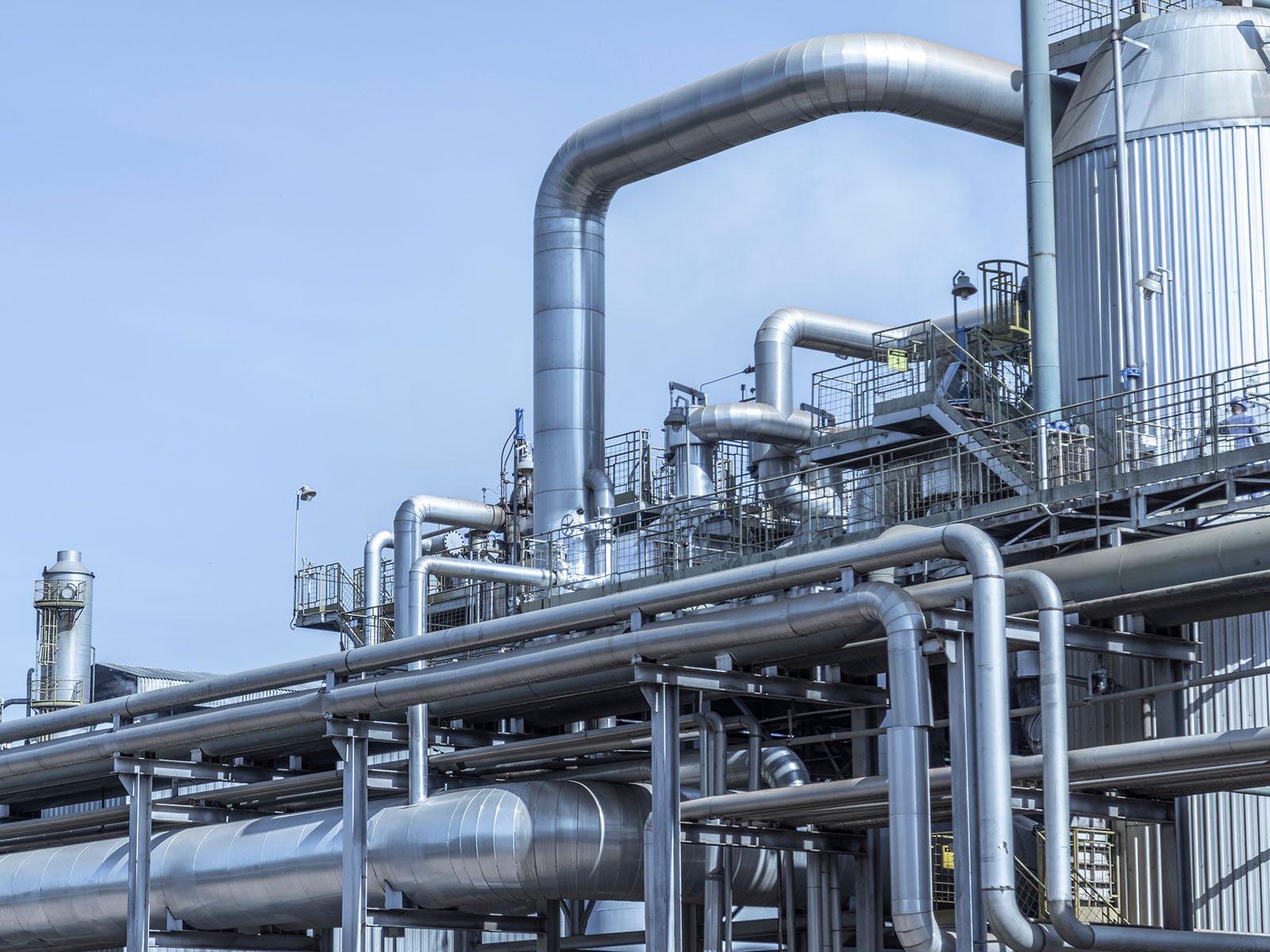Crystallization is a widely used technique to produce certain types of end products with specific characteristics effectively. As is the case with all industrial processes, efficiency and productivity are crucial to the crystallization process, and companies across various sectors utilizing crystallizers face the challenge of maintaining high-quality output while minimizing energy consumption and downtime – a challenge Altum Technologies helps companies overcome. As crystallization is a crucial technique for multiple industries, crystallizers are also one application whose operation Altum’s solution can improve.
This article will explore the fascinating crystallization process, the essential devices called crystallizers, and how Altum’s solution can help optimize them, contributing to cost savings and increased productivity in industrial processes.
What is crystallization?
Crystallization is a process that occurs when a liquid solution or suspension transforms into solid crystals. It is essential for achieving desired product quality, purity, and particle size distribution.
This process is used in various industries, including chemicals, metals and minerals, fertilizers, pharmaceuticals, petrochemicals, food, and water treatment. By controlling conditions like temperature and concentration, crystals with desired properties can be created.
Crystallization is used to make everyday products like table salt, batteries, and medicines.
What are crystallizers, and how do they work?
Crystallizers are essential devices used in various industries to facilitate the process of crystallization. Several types of crystallizers are used in industrial processes, each designed to cater to specific requirements. Here are some examples:
- Cooling crystallizers operate by cooling the solution or suspension to induce crystallization. The cooling process helps promote the formation of crystals by lowering the solubility of the solute. Cooling crystallizers are commonly used when temperature control is critical to achieving the desired crystal size and quality.
. - Evaporation crystallizers work by evaporating the solvent from the solution or suspension, leading to the concentration of solutes and subsequent crystallization. As the solvent evaporates, the concentration of the solute increases, eventually reaching a saturation point where crystals start to form. Evaporation crystallizers are suitable for applications where controlling the concentration is crucial.
. - Mixed-Suspension, Mixed-Product-Removal (MSMPR) crystallizers are designed to maintain a mixed suspension of crystals in the solution or suspension. The crystals formed are continuously removed to prevent excessive growth or accumulation. MSMPR crystallizers offer better control over crystal size distribution and are commonly used in industries where uniform crystal size is desired.
The choice of crystallizer type depends on factors such as the desired product characteristics, process requirements, and the specific properties of the solute and solvent.
When it comes to industrial processes, optimizing efficiency and productivity is key. Crystallizers, by helping create the desired end product efficiently, offer benefits that contribute to an improved process. Crystallizers separate solutes from solvents, resulting in the formation of solid crystals. This process is crucial for achieving desired product characteristics like purity and particle size distribution. By enabling the controlled growth of crystals, crystallizers significantly enhance the yield of valuable products, leading to increased productivity.
Forget shutdowns and manual cleaning – Altum’s solution saves the day
Just like various other equipment, crystallizers can suffer from scaling and fouling. Scaling can occur during the crystallization process when crystals stick to the surfaces of equipment, reducing heat transfer efficiency and hindering overall performance, not allowing the crystallizer to work up to its full potential. The removal of this scaling in turn can cause shutdowns in the process. Altum Technologies’ ZPD (Zero Process Downtime) solution can help solve these issues.
Altum’s ZPD technology utilizes software-guided power ultrasound to address fouling without stopping production, ensuring smoother operations and improved efficiency of the crystallization process. The ultrasonic waves dislodge or prevent the accumulation of unwanted substances on surfaces, allowing for uninterrupted production and minimizing the need for costly and time-consuming manual cleaning. When the crystallizer stays free from fouling, production and energy efficiency remain optimal.
Unlocking efficiency and sustainability – improving crystallizers with Altum’s ZPD technology
Crystallizers play a vital role in enhancing industrial processes through controlled crystallization – several industries rely on them to create quality end products, as they help create solid, pure and size-controlled crystals. Altum’s technology can in turn enhance this process even further.
Altum’s ZPD ultrasound technology provides a solution to address fouling and the challenges it causes, further optimizing crystallization processes. By embracing these advancements, industries can achieve substantial cost savings, improved sustainability, and streamlined operations.
Stay tuned for more insights into the fascinating world of crystallization, its applications and Altum’s solution!
Do you want to know more about how Altum can help your company optimize its crystallizers? Don’t hesitate to get in touch with us!

